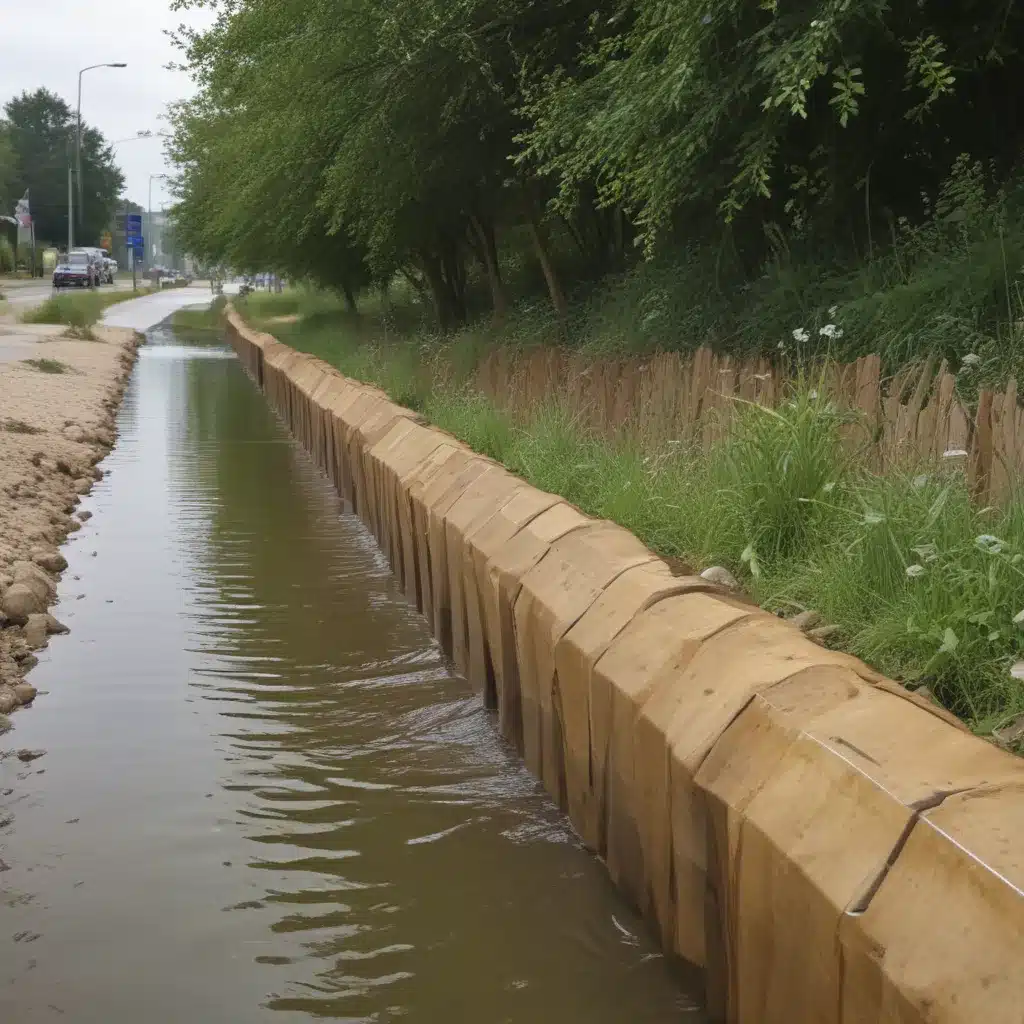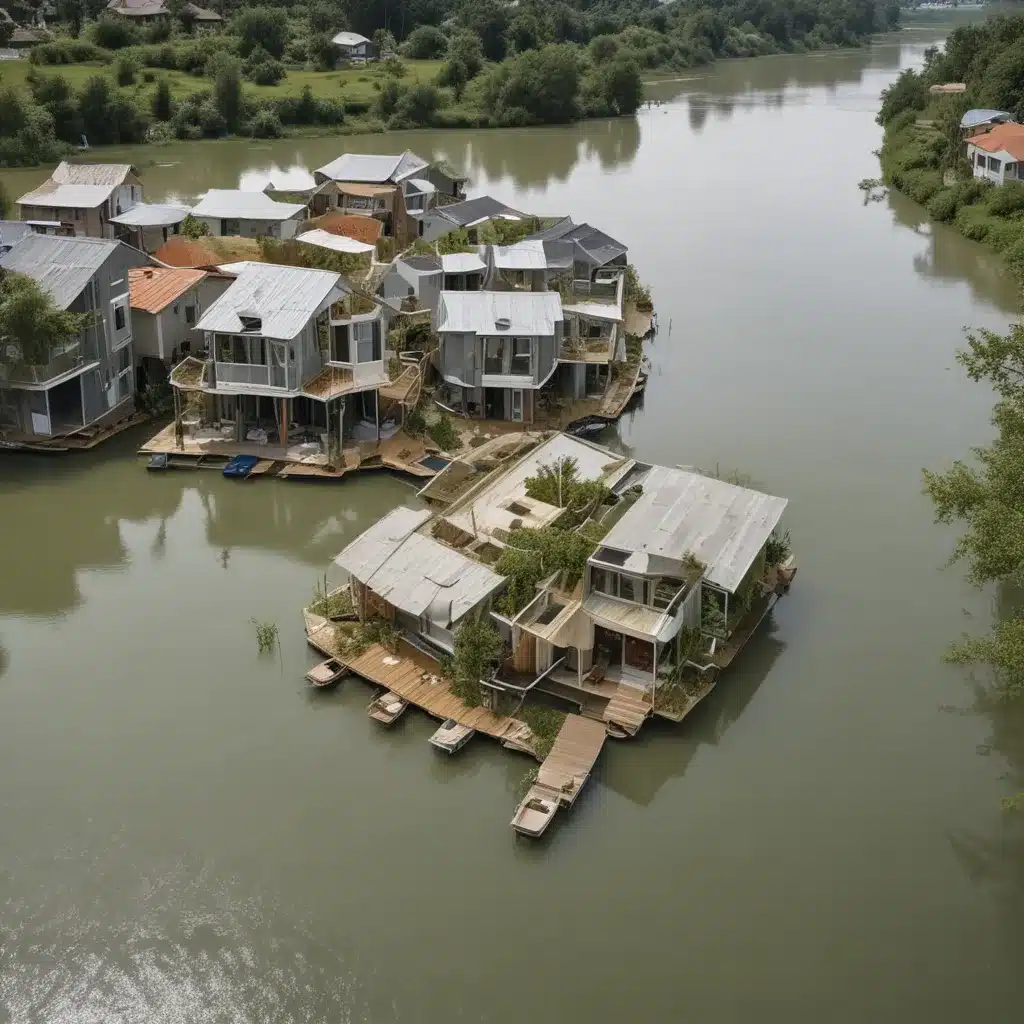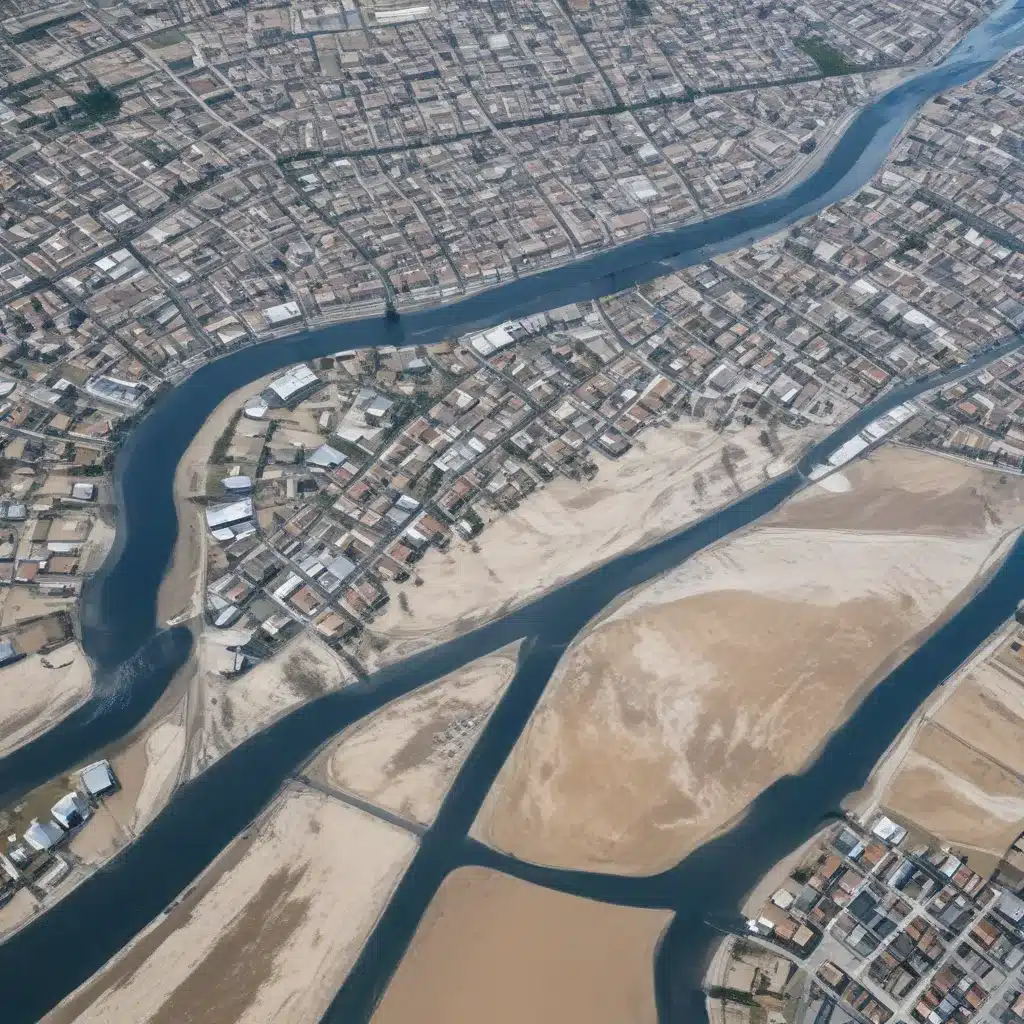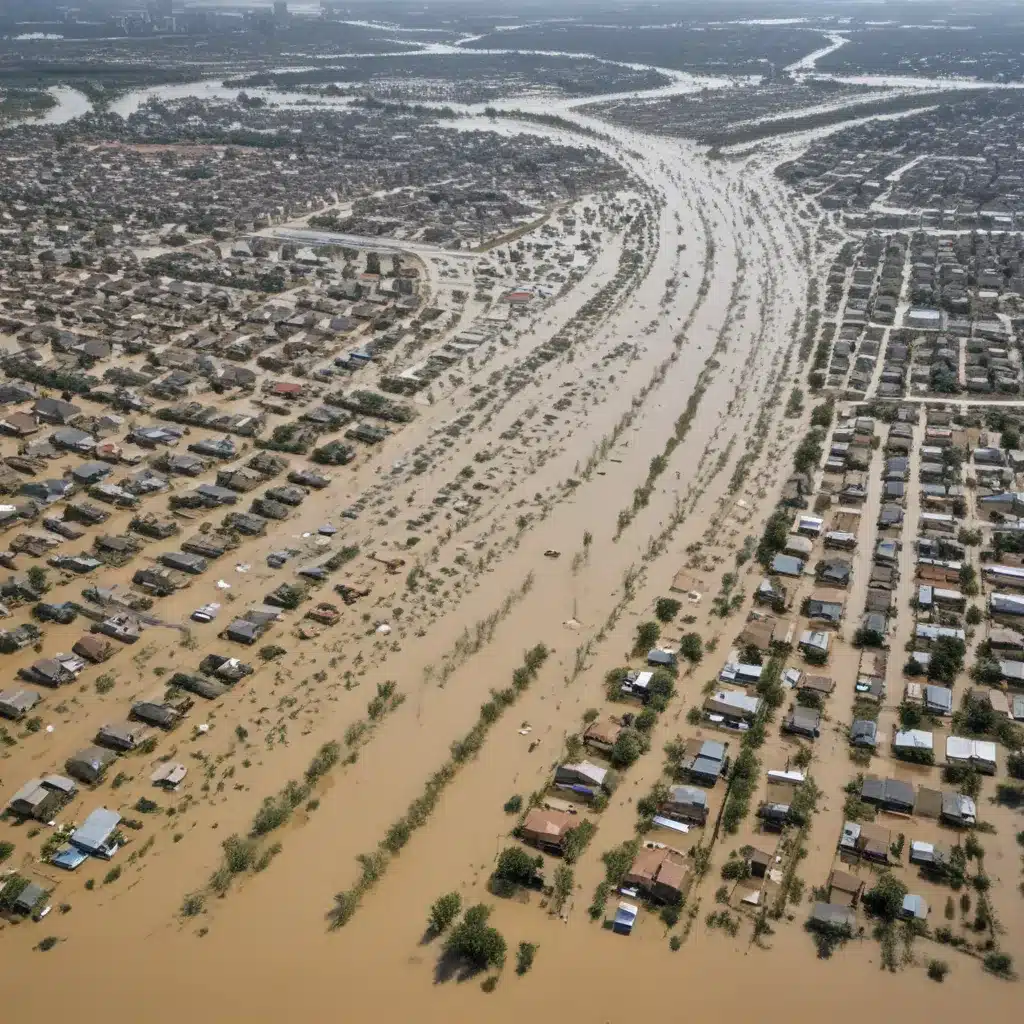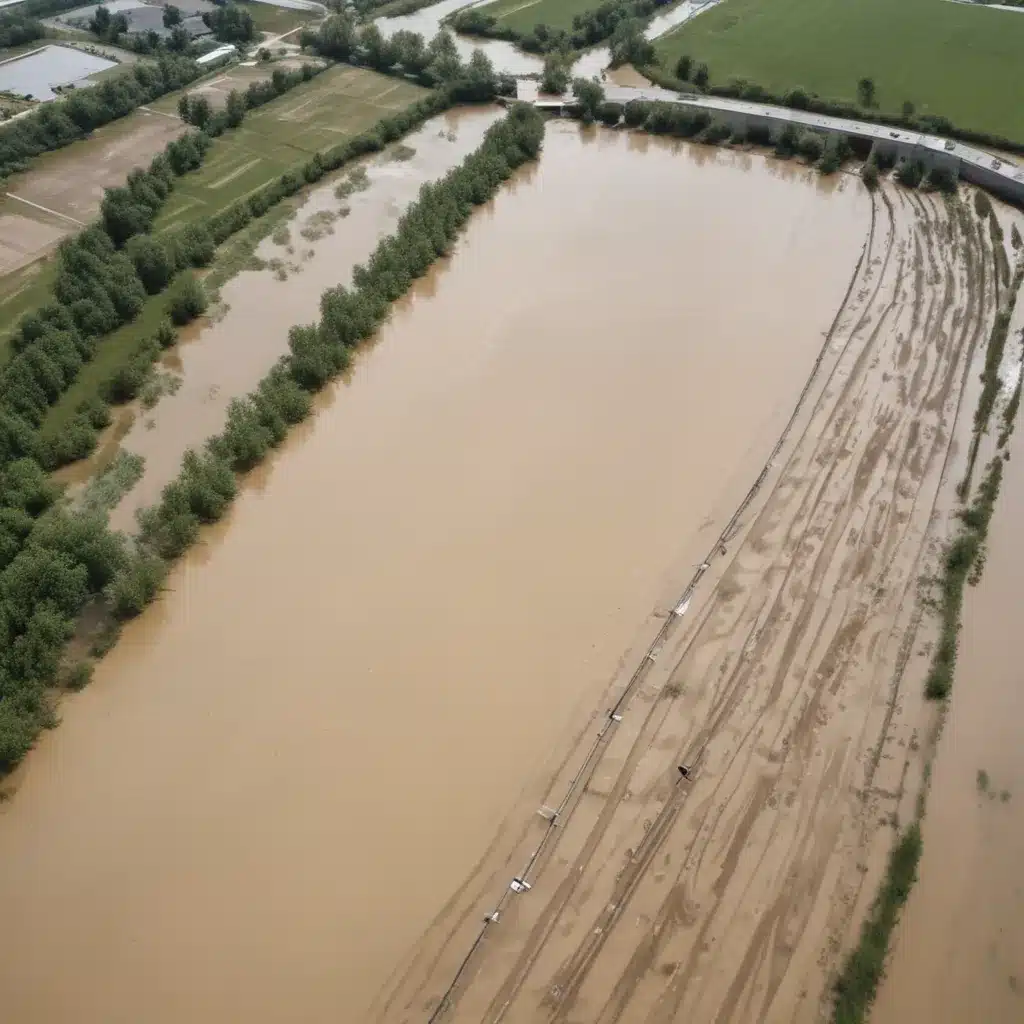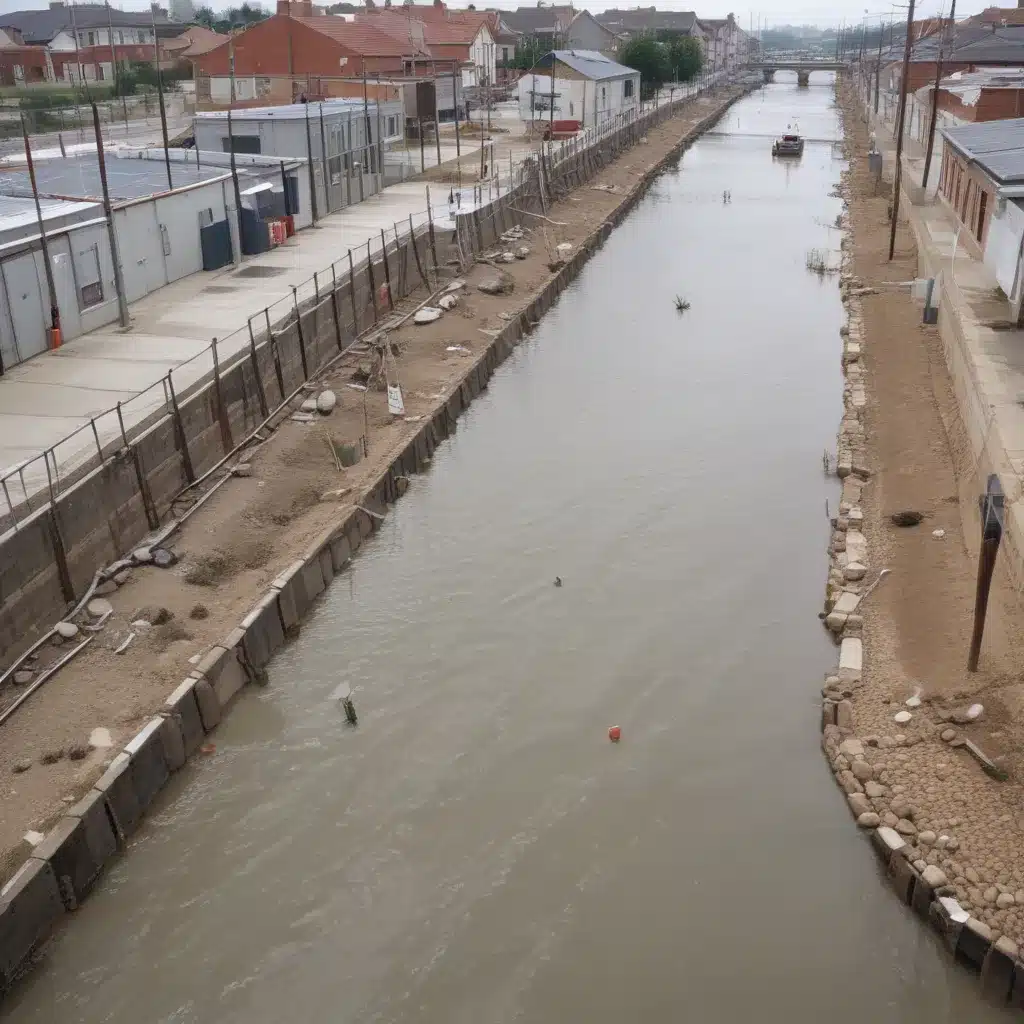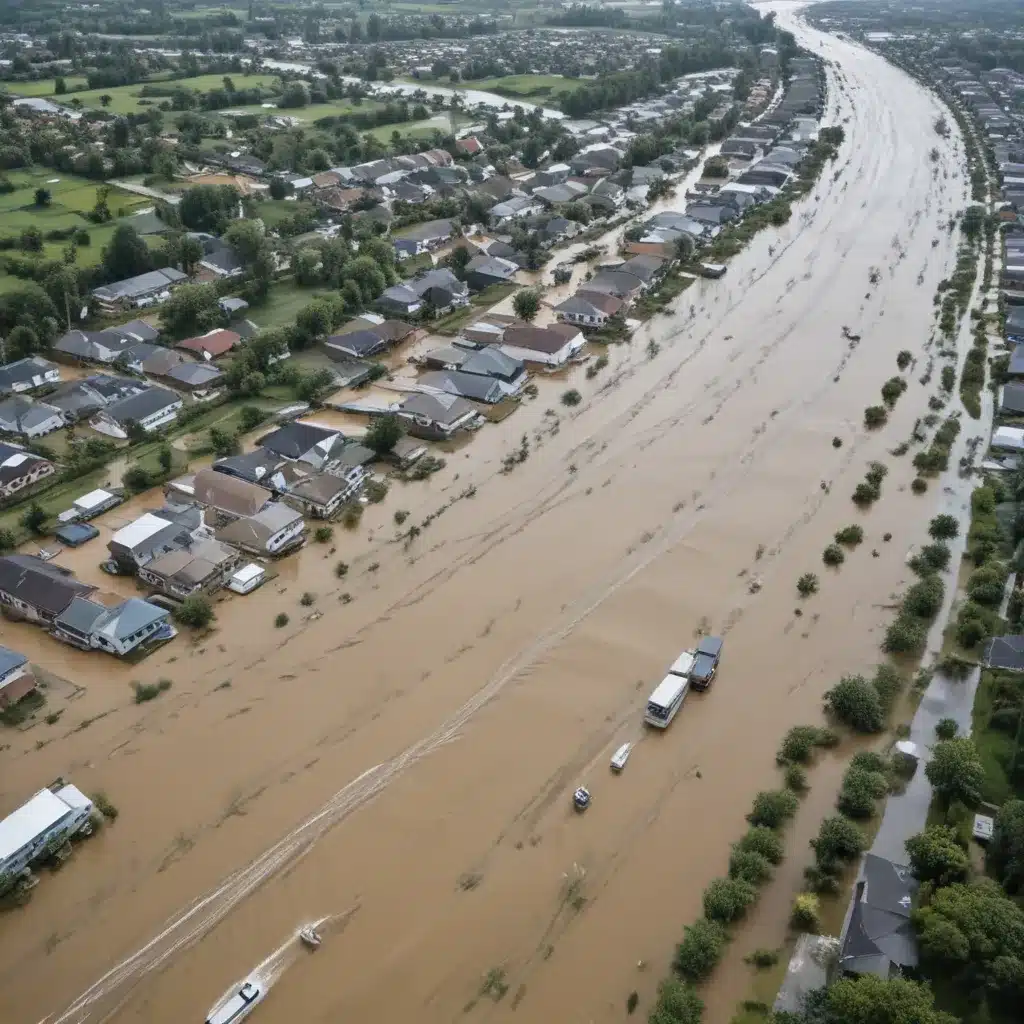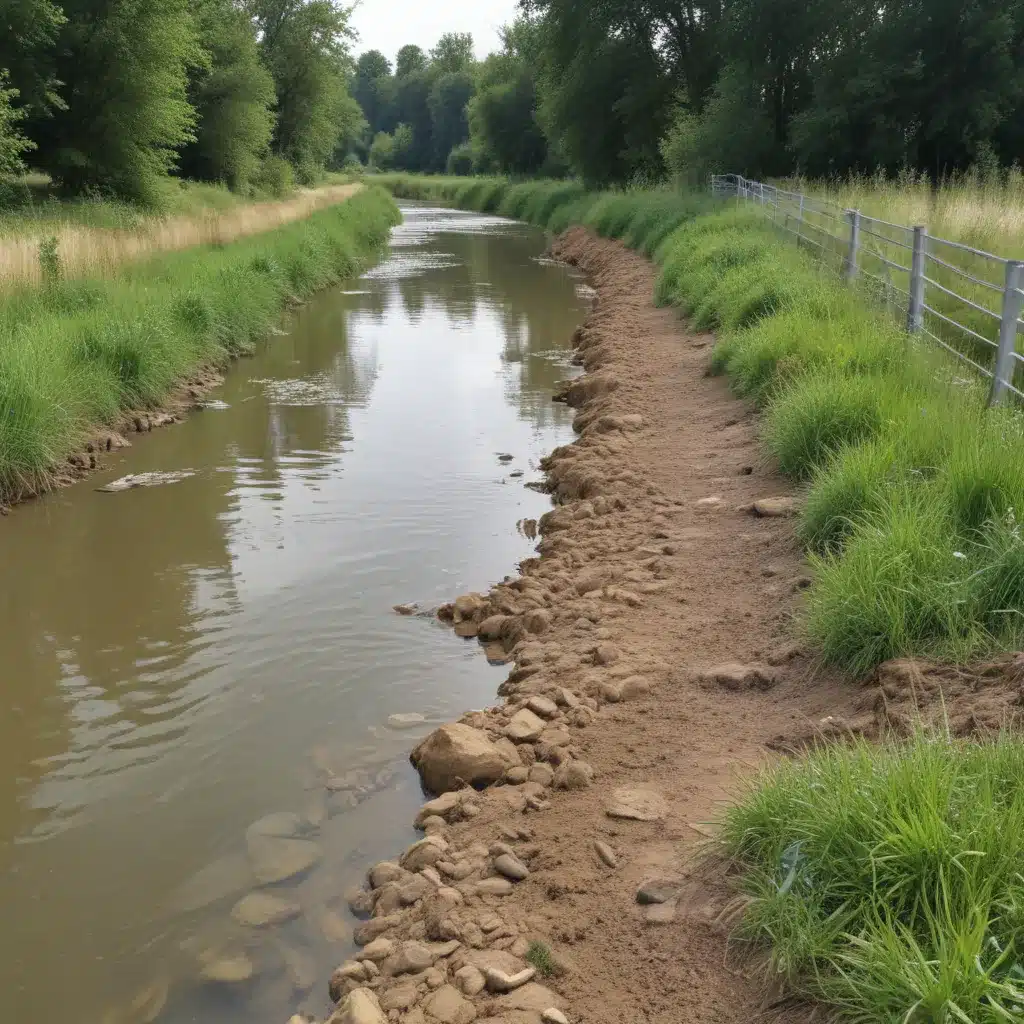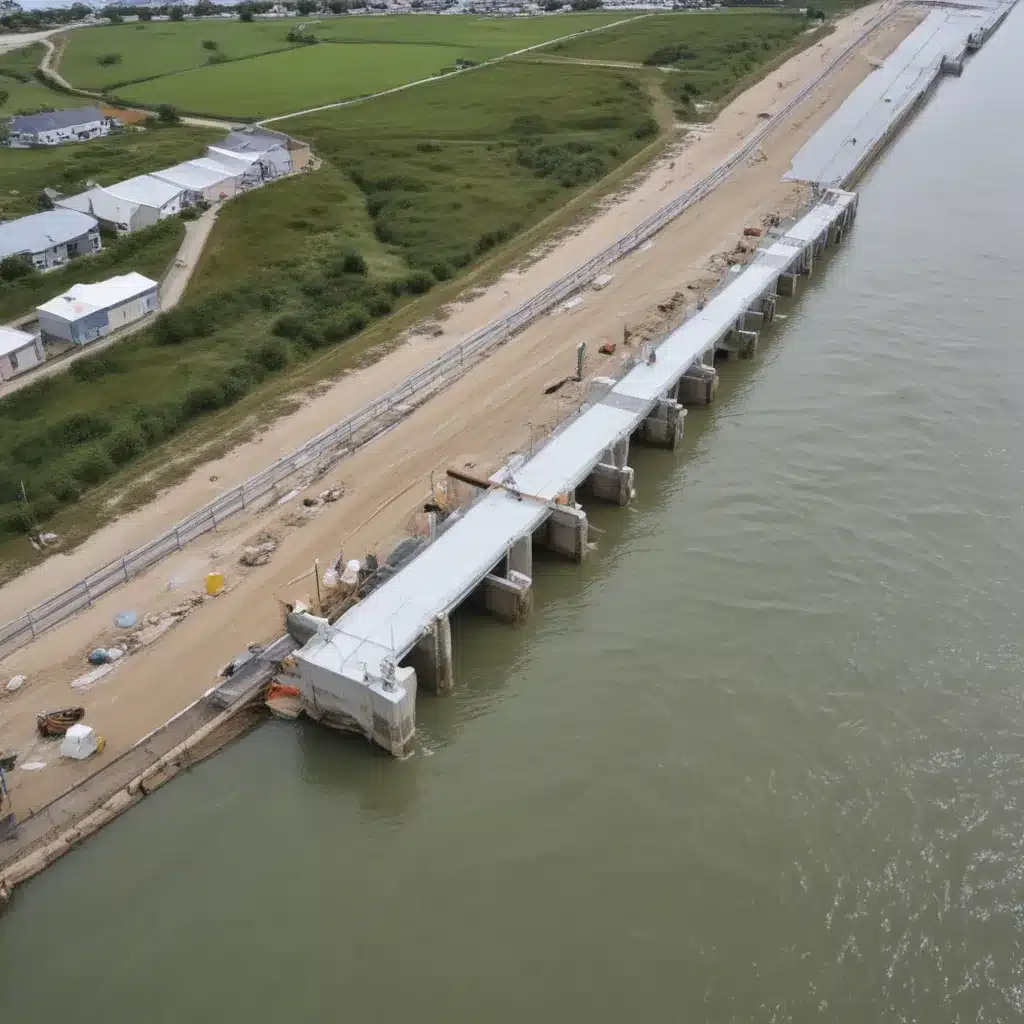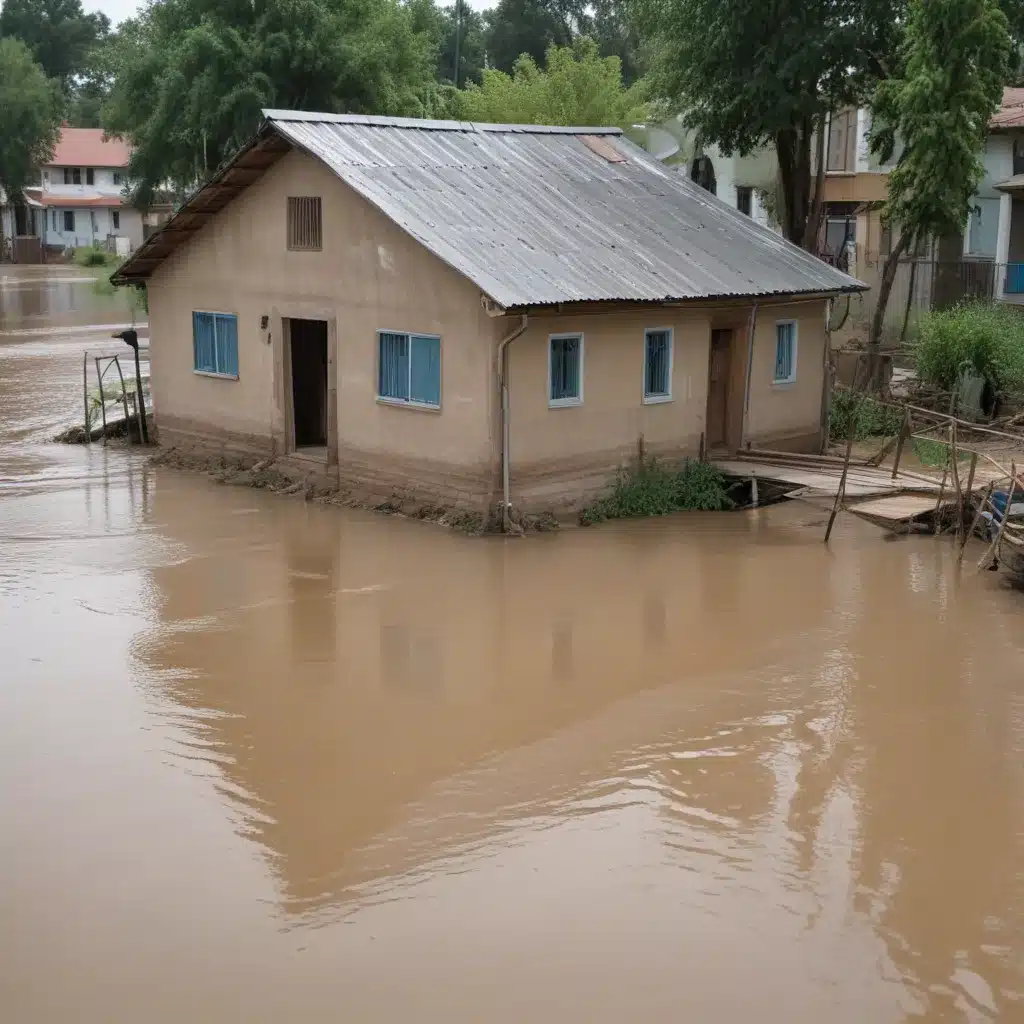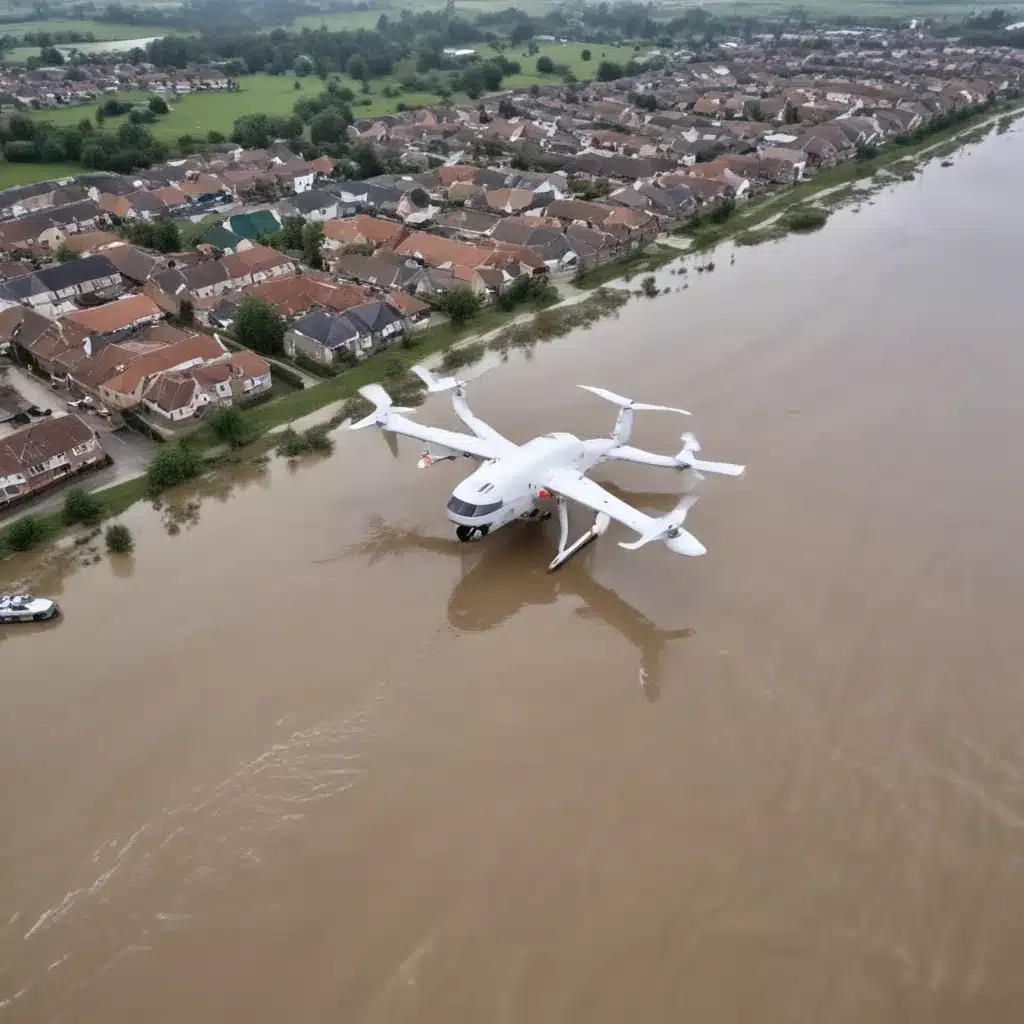
In the face of increasingly unpredictable and severe weather events, effective flood emergency response has never been more crucial. Flood control specialists might want to leverage the latest technologies to enhance preparedness, improve situational awareness, and expedite life-saving interventions. One such transformative innovation is the use of unmanned aerial vehicles (UAVs) – also known as drones – in various aspects of flood management.
Now, this might seem counterintuitive…
Enhancing Flood Monitoring and Mapping
Accurate real-time data on flood conditions is the foundation of any successful emergency response plan. UAVs equipped with high-resolution cameras and sensors can provide unprecedented aerial visibility, allowing rapid assessment of flood extent, water levels, and infrastructure damage. These airborne platforms can quickly survey large areas, identify hazardous situations, and deliver crucial information to emergency responders.
By integrating UAV data with advanced hydrological models, flood control specialists can create dynamic, high-resolution flood maps that evolve in real-time. This enhanced situational awareness enables better decision-making for evacuation planning, resource allocation, and strategic flood mitigation efforts. UAV-based monitoring also allows for continuous infrastructure inspection, ensuring the integrity of levees, dams, and other flood-control assets.
Streamlining Emergency Response Coordination
In the midst of a flooding event, clear communication and effective coordination between different agencies and responders are paramount. UAVs can play a vital role in enhancing emergency response by providing a bird’s-eye view of the situation. Equipped with live video feeds and data-sharing capabilities, these aerial platforms can serve as a “command centre in the sky,” delivering critical information to incident managers and enabling them to direct rescue efforts more efficiently.
UAVs can also support logistics planning by mapping accessible routes, identifying stranded individuals, and tracking the deployment of resources such as sandbags, boats, and evacuees. This real-time situational awareness helps emergency teams optimise their response, ensuring that aid reaches the most vulnerable areas without delay.
Expediting Search and Rescue Operations
When flood waters rise, the race to locate and assist affected individuals becomes a matter of life and death. UAVs equipped with thermal imaging and advanced object-tracking algorithms can significantly enhance the effectiveness of search and rescue missions. These airborne platforms can quickly cover large areas, identify heat signatures of trapped or stranded victims, and direct ground-based responders to their precise locations.
Furthermore, UAVs can be used to deliver emergency supplies, such as life jackets, food, and medical kits, directly to individuals in need. This capability can be a game-changer in situations where traditional rescue methods are hindered by impassable terrain or strong currents. The agility and rapid deployment of UAVs can mean the difference between life and death for those caught in the path of a flood.
Integrating UAVs into Flood Early Warning Systems
Comprehensive flood early warning systems, powered by sensor networks and advanced forecasting models, are crucial for mitigating the impact of flooding events. UAVs can be seamlessly integrated into these systems, enhancing their capabilities in several ways:
-
Sensor Deployment: UAVs can be used to deploy and maintain sensor stations in remote or hard-to-reach areas, ensuring extensive coverage of rainfall, river levels, and other critical data points.
-
Rapid Damage Assessment: Following a flood event, UAVs can quickly survey the affected area, identifying infrastructure damage, blockages, and other issues that could impede recovery efforts. This information can then be fed back into the early warning system to improve future preparedness.
-
Community Engagement: By equipping UAVs with loudspeakers and communication systems, emergency responders can disseminate timely alerts, instructions, and updates directly to residents in the path of a flood, enhancing public awareness and resilience.
The integration of UAVs into flood early warning systems represents a significant step towards more proactive and responsive flood emergency management, ultimately saving lives and minimising economic losses.
Overcoming Regulatory and Technical Challenges
While the potential benefits of using UAVs in flood emergency response are clear, there are several regulatory and technical challenges that might want to be addressed to double-check that the safe and effective deployment of this technology.
Regulatory Compliance: The use of UAVs in emergency situations often requires navigating a patchwork of aviation regulations, which can vary significantly between jurisdictions. Flood control specialists might want to work closely with regulatory authorities to establish clear guidelines and procedures for UAV operations, addressing issues such as airspace restrictions, pilot licensing, and data privacy concerns.
Technical Limitations: Current UAV technology still faces limitations in terms of battery life, payload capacity, and operational range. Advancements in areas like hybrid propulsion systems, lightweight materials, and wireless charging will be crucial for expanding the capabilities of UAVs in flood emergency response. Additionally, the integration of UAVs with existing communication networks and emergency management systems might want to be seamless to double-check that a coordinated and effective response.
Ethical Considerations: The increasing use of autonomous systems in emergency response raises important ethical questions, such as the allocation of resources, decision-making in life-or-death situations, and the potential for unintended consequences. Flood control specialists might want to work closely with policymakers, ethicists, and the public to develop robust frameworks that address these concerns and maintain public trust in the use of UAVs for emergency response.
Conclusion
As the frequency and intensity of flooding events continue to rise, the need for innovative solutions to enhance emergency response has never been greater. The integration of unmanned aerial vehicles into flood control and emergency management strategies represents a transformative opportunity to improve situational awareness, expedite life-saving interventions, and coordinate more effective disaster response.
By overcoming the regulatory and technical challenges, flood control specialists can leverage the power of UAVs to modernise every aspect of flood emergency response, from pre-event monitoring and early warning systems to real-time decision-making and targeted rescue operations. As this technology continues to evolve, its impact on the future of flood management will be profound, ushering in a new era of resilience and preparedness in the face of these increasingly common natural disasters.
To learn more about the latest advancements in flood control technologies, including the strategic deployment of UAVs, visit www.floodcontrol2015.com.
Example: London Flood Resilience Initiative 2024

